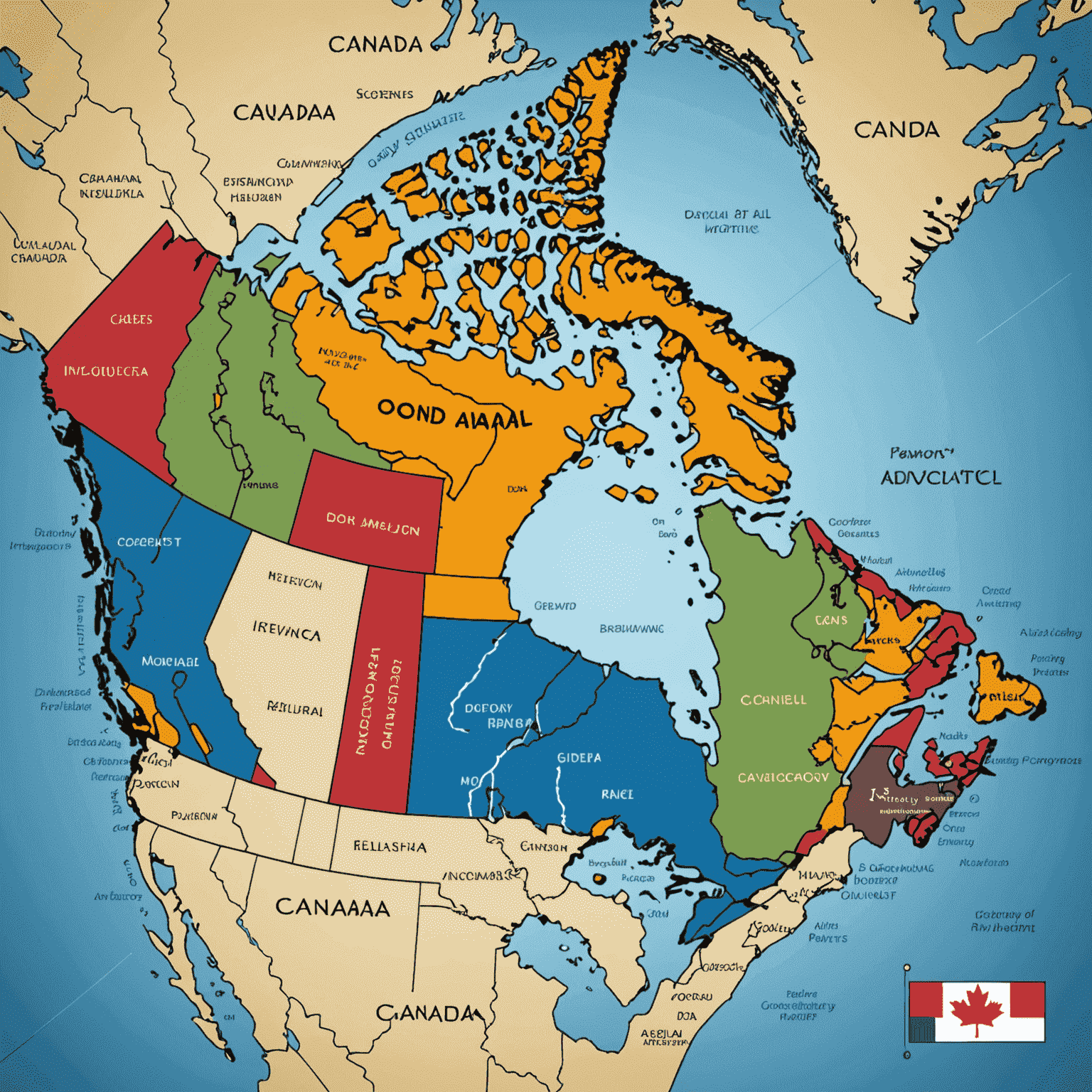Canadian Provincial Coverage Differences
Understanding auto coverage regulations and average premiums across different Canadian provinces can help drivers make informed decisions about their coverage. Let's explore how these factors vary across the country.

Ontario
Ontario has some of the highest auto coverage premiums in Canada. The province operates under a no-fault coverage system, which means that regardless of who caused an accident, each person's coverage company covers their own policyholder's damages and injuries.
- Average annual premium: $1,505
- Mandatory coverage: Third-party liability, accident benefits, direct compensation property damage, and uninsured automobile
British Columbia
British Columbia has a distinctive public coverage system operated by the Coverage Corporation of British Columbia (ICBC). Recently, the province moved to a no-fault system, which has impacted premium calculations.
- Average annual premium: $1,832
- Mandatory coverage: Basic Autoplan (provided by ICBC), which includes third-party liability, accident benefits, and uninsured motorist coverage
Alberta
Alberta operates under a tort-based system, where at-fault drivers can be sued by the other party for damages. The province has been working on reforms to address rising premiums.
- Average annual premium: $1,316
- Mandatory coverage: Third-party liability, accident benefits, direct compensation for property damage, and uninsured motorist coverage
Quebec
Quebec has a distinctive hybrid system where bodily injury coverage is provided by the government, while property damage is covered by private insurers. This often results in lower premiums compared to other provinces.
- Average annual premium: $717
- Mandatory coverage: Civil liability (provided by private insurers) and bodily injury coverage (provided by the government)
Factors Affecting Premium Calculation
While regulations vary by province, several common factors influence auto coverage premiums across Canada:
- Driving record and claims history
- Vehicle make, model, and year
- Annual mileage
- Geographic location (urban vs. rural areas)
- Age and gender of the driver
- Coverage types and deductibles chosen
Conclusion
Understanding the differences in auto coverage regulations and premium calculations across Canadian provinces can help drivers make informed decisions about their coverage. While some factors affecting premiums are consistent across the country, provincial regulations and coverage systems play a significant role in determining overall costs. As you navigate the auto coverage landscape, consider how these provincial differences might impact your premium and coverage options.